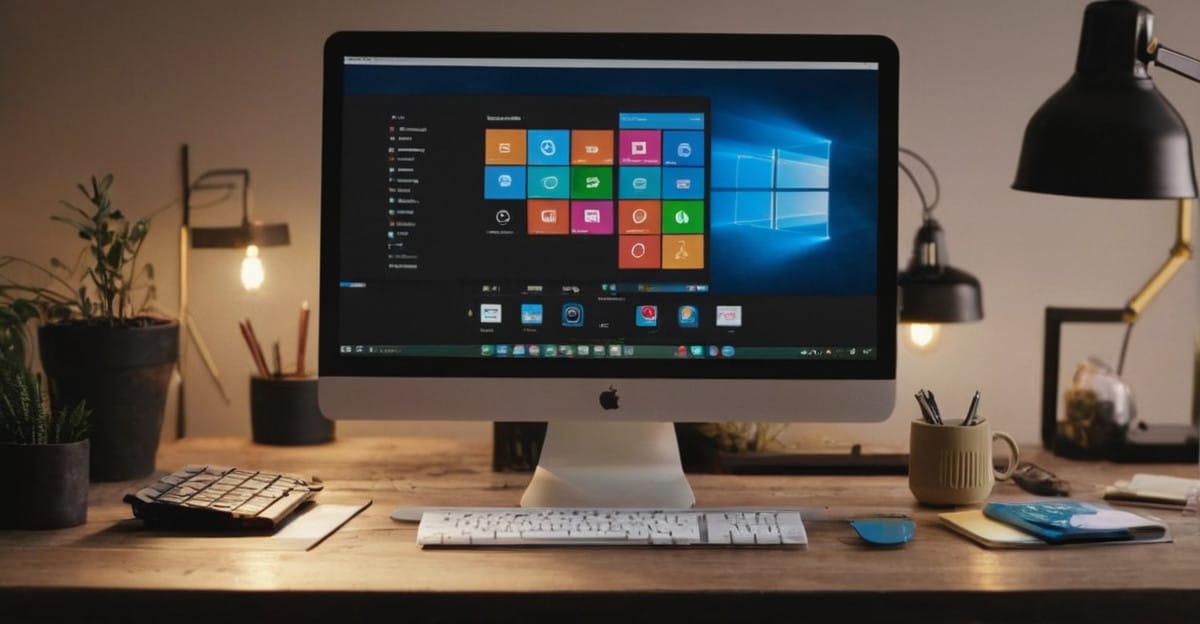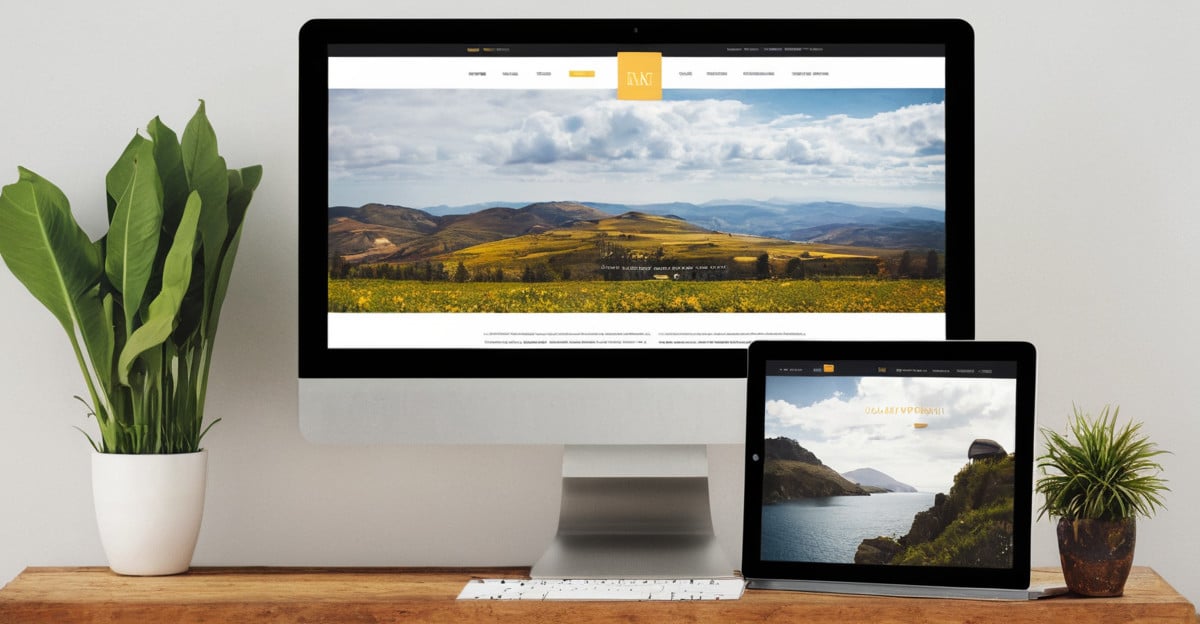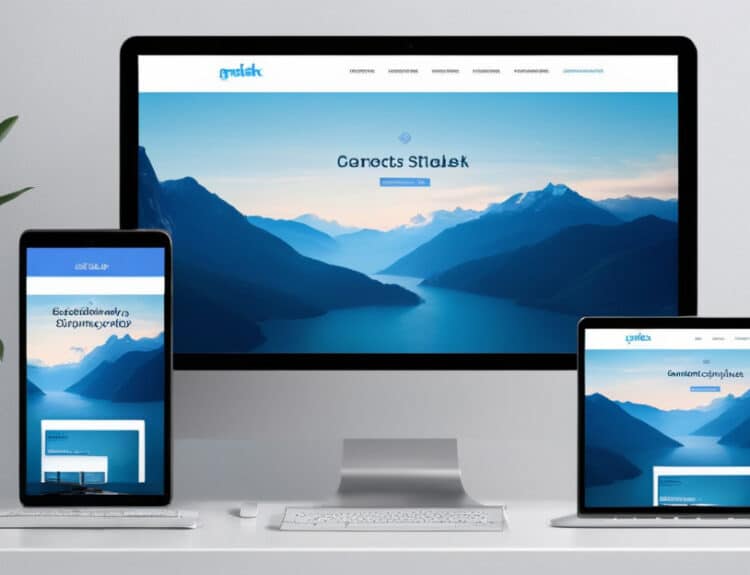Introduction: The Importance of a Freelance Portfolio
In the evolving world of freelancing, having a freelance portfolio is no longer just an option; it’s a necessity. A well-structured portfolio not only showcases your skills but also acts as a powerful marketing tool. In 2024, the competition is fierce, and standing out requires more than just talent. It demands strategy, creativity, and a deep understanding of what potential clients are looking for. In this article, we will dive deep into the secrets of creating a standout freelance portfolio that not only gets noticed but also gets you hired.
What Makes a Freelance Portfolio Stand Out?
Creating a standout freelance portfolio involves more than just displaying your work. It’s about telling a story that resonates with your potential clients. Start by identifying your unique selling points. What sets you apart from other freelancers? Is it your unique style, your speed of delivery, or perhaps your innovative approach to problem-solving? Highlight these aspects prominently in your portfolio. Additionally, make sure your portfolio is visually appealing and easy to navigate. Use high-quality images, concise descriptions, and a clean layout to keep the focus on your work.
Showcasing Your Skills Effectively
You should be able to clearly demonstrate the variety of skills you have in your portfolio. This entails putting your skills to use by using them in your job rather than just listing them. Provide case studies or in-depth summaries of assignments where you applied particular competencies. If you work as a web designer, for example, walk viewers through the entire process of designing a website from scratch. This showcases not only your skill set but also your capacity for creativity and problem-solving.
Including Testimonials and Reviews
Reviews and testimonials are very important for establishing trustworthiness. Speak with former customers and get their opinions so you may include it in your portfolio. Prominently display good testimonials because they have the power to greatly sway the decisions of prospective customers. Ensure that the testimonials are precise and comprehensive, demonstrating not only your abilities but also your dependability, professionalism, and influence on the client’s project.

The Power of a Personal Brand
An essential component of any freelance portfolio is your personal brand. It conveys your values and professional identity to the world. When developing your brand, consistency is essential. Consistency in tone, style, and visual components should be maintained throughout your portfolio. This contributes to the development of a unified and expert image. Furthermore, the kind of customers you wish to draw in should be consistent with your brand. Your portfolio should have a tidy, polished look if you specialize in corporate design.
Leveraging Social Proof
People often use social proof, a potent psychological phenomena, to justify their own behavior by making assumptions about what other people are doing in similar circumstances. Social proof can be used in a freelance portfolio by displaying your work with well-known clients or by adding metrics that illustrate how successful your projects are. To demonstrate to prospective clients the practical effects of your work, for instance, highlight sales or traffic increases that resulted from a website you built.

Keeping Your Portfolio Updated
An outdated portfolio can be as detrimental as not having one at all. Make it a habit to regularly update your portfolio with your latest work. This not only keeps your portfolio current but also shows potential clients that you are active and continuously improving your skills. Remove older projects that no longer represent your best work and replace them with new ones that better showcase your current abilities and style.
Optimizing Your Portfolio for SEO
Search engine optimization (SEO) is crucial for increasing the visibility of your freelance portfolio. Use relevant keywords throughout your portfolio, including in titles, descriptions, and image alt texts. However, avoid keyword stuffing and ensure that the content remains natural and engaging. Additionally, consider creating a blog where you can share insights about your industry, showcase your expertise, and attract more traffic to your portfolio.

Creating a Portfolio Website
Having a dedicated portfolio website can greatly enhance your professional image. Choose a domain name that reflects your brand and use a professional template that complements your work. Ensure that your website is mobile-friendly, as a significant portion of users will access it via their smartphones. Include a contact form to make it easy for potential clients to reach you. A well-designed website not only showcases your work but also provides a seamless user experience, making it more likely for clients to engage with you.
Conclusion: Taking the Next Step
Creating a standout freelance portfolio in 2024 involves a combination of showcasing your skills, building your personal brand, and leveraging social proof. By keeping your portfolio updated and optimized for SEO, you can significantly increase your chances of attracting potential clients and getting hired. Remember, your portfolio is not just a collection of your work; it’s a reflection of who you are as a professional. Invest time and effort into making it the best it can be, and you’ll see the results in the form of more opportunities and successful projects.






